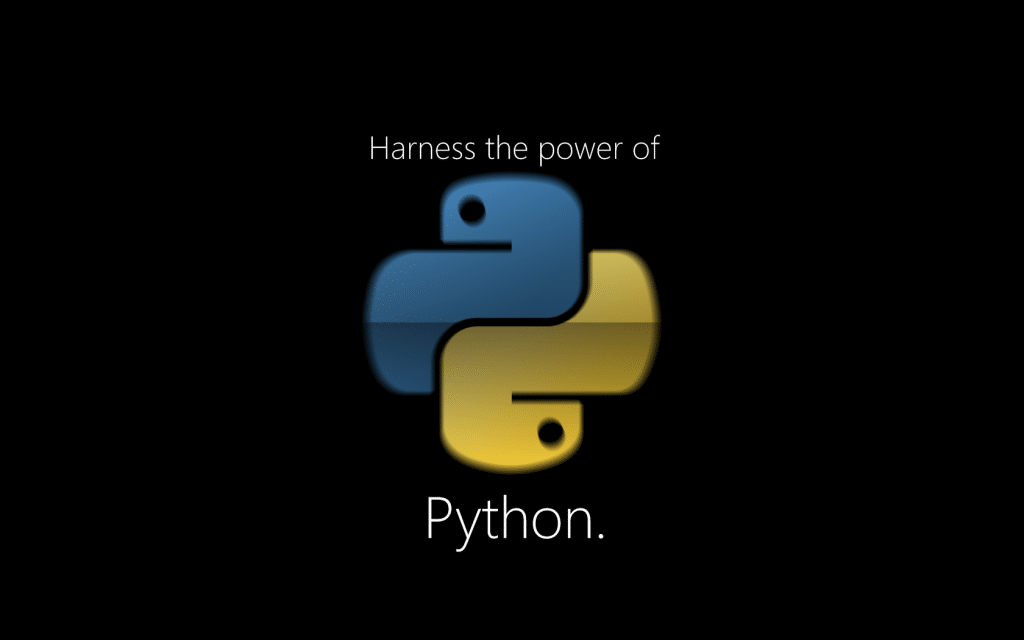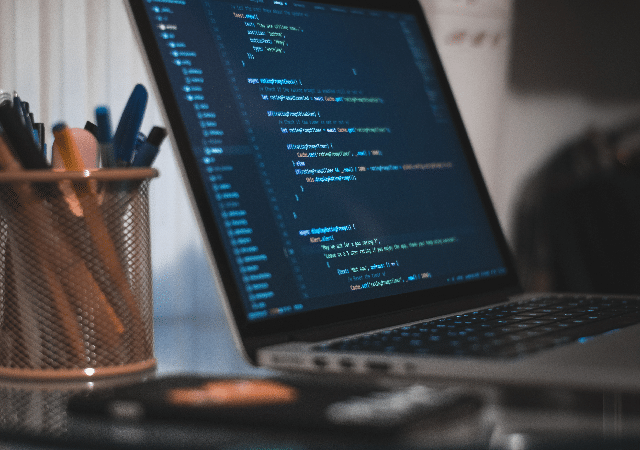Python and R have been around for well over 20 years. Python was developed in 1991 by Guido van Rossum, and R in 1995 by Ross Ihaka and Robert Gentleman. Both Python and R have seen steady growth year after year in the last two decades. Will that trend continue, or are we coming to an end of an era of the Python-R dominance in the data science segment? Let’s find out!
Python
Python in the last decade has grown from strength to strength. In 2013, Python overtook R as the most popular language used for data science, according to the Stack Overflow developer survey (Link).
In the last three years, Python was the most wanted language according to this survey (25% in 2018, JavaScript was second with 19%). It is by far the easiest programming language to learn, the Julia and the Go programming languages being honorable mentions in this regard.
Python shines in its versatility, being easy to use for data science, web development, utility programming, and as a general-purpose programming language. Even full-stack development can be done in Python, the only area where it is not used being mobile (although that may change if the Kivy mobile programming framework comes of age and stops stalling all the time). It was also ranked higher than JavaScript in the most loved programming languages for the last three years (Node.js and React.js have ranked below it consistently).
Will Python’s Dominance Continue?
We believe, yes, definitely. Two words – data science.

Data science is such a hot and happening field right now, and the data scientist job is hyped as the ‘sexiest job of the 21st century‘, according to Forbes. Python is by far the most popular language for data science. The only close competitor is R, which Python overtook in the KDNuggets data science survey of 2016 . As shown in the link, in 2018, Python held 65.6% of the data science market, and R was actually below RapidMiner, at 48.5%. From the graphs, it is easy to see that Python is eating away at R’s share in the market. But why?
Deep Learning
In 2018, we say a huge push towards advancement across all verticals in the industry due to deep learning. And what is the most famous tool for deep learning? TensorFlow and Keras – both Python-based frameworks! While we have Keras and TensorFlow interfaces in R and RStudio now, Python was the initial choice and is still the native library – kerasR and tensorflow in RStudio being interfaces to the Python packages. Also, a real-life implementation of a deep learning project contains more than the deep learning model preparation and data analysis.
There is the data preprocessing, data cleaning, data wrangling, data preparation, outlier detection and missing data values management section which is infamous for taking up 99% of the time of a data scientist, with actual deep learning model work taking just 1% or less of their on-duty time! And what language is used for this commonly? For general purpose programming, Python is the goto language in most cases. I’m not saying that R doesn’t have data preprocessing packages. I’m saying that standard data science operations like web scraping are easier in Python than in R. And hence Python will be the language used in most cases, except in the statistics and the university or academic fields.
Our prediction for Python – growth – even to 70% of the data science market as more and more research-level projects like AutoML keep using Python as a first language of choice.
What About R?
In 2016, the use of R for data science in the industry was 55%, and Python stood at 51%. Python increased by 33% and R decreased by 25% in 2 years. Will that trend continue and will R continue on its downward spiral? I believe perhaps in figures, but not in practice. Here’s why.

Data science is at its heart, the field of the statistician. Unless you have a strong background in statistics, you will be unable to process the results of your experiments, especially in concepts like p-values, tests of significance, confidence intervals, and analysis of experiments. And R is the statistician’s language. Statistics and mathematics students will always find working in R remarkably easy and simple, which explains its popularity in academia. R programming lends itself to statistics. Python lends itself to model building and decent execution performance (R can be 4x slower). R, however, excels in statistical analysis. So what is the point that I am trying to express?
Simple – Python and R are complementary. They are best used together. You will find that knowledge of both Python and R will suit you best for most projects. You need to learn both. You can find this trend expressed in every article that speaks about becoming a data science unicorn – knowledge of both Python and R is required as a norm.
Yes, R is having a downturn in popularity. However, due to the complementary nature of the tools, I believe that R will have a part to play in the data scientist’s toolbox, even if it does dip a bit in growth in the years to come. Very simply, R is too convenient for a statistician to be neglected by the industry completely. It will continue to have its place in the toolbox. And yes; deep learning is now practical in R with support for Keras and AutoML as well as of right now.
Dimensionless Technologies

Dimensionless Technologies is the market leader as far as training in AI, cloud, deep learning and data science in Python and R is concerned. Of course, you don’t have to spend 40k for a data science certification, you could always go for its industry equivalent – 100-120 lakhs for a US university’s Ph.D. research doctorate! What Dimensionless Technologies has as an advantage over its closest rival – (Coursera’s John Hopkins University’s Data Science Specialization) – is:
- Live Video Training
The videos that you get on Coursera, edX, Dataquest, MIT OCW (MIT OpenCourseWare), Udacity, Udemy, and many other MOOCs have a fundamental flaw – they are NOT live! If you have a doubt in a video lecture, you only have the comments as a communication tool to the lectures. And when over 1,000 students are taking your class, it is next to impossible to respond to every comment. You will not and cannot get personalized attention for your doubts and clarifications. This makes it difficult for many, especially Indian students who may not be used to foreign accents to have a smooth learning curve in the popular MOOCs available today.
- Try Before You Buy Fully
Dimensionless Technologies offers 20 hours of the course for Rs 5000, with the remaining 35k (10k of 45k waived if you qualify for the scholarship) payable after 2 weeks / 20 hours of taking the course on a trial basis. You get to evaluate the course for 20 hours before deciding whether you want to go through the entire syllabus with the highly experienced instructors who are strictly IIT alumni.
- Instructors with 10 years Plus Industry Experience
In Coursera or edX, it is more common for Ph.D. professors than industry experienced professionals to teach the course. If you are good with American accents and next to zero instructor support, you will be able to learn a little bit about the scholastic side of your field. However, if you want to prepare for a 100K USD per year US data scientist job, you would be better off learning from professionals with industry experience. I am Not criticizing the Coursera instructors here, most have industry experience as well in the USA. However, if you want connections and contacts in the data science industry in India and the US, you might be a bit lost in the vast numbers of student who take those courses. Industry experience in instructors is rare in a MOOC and critically important to your landing a job.
- Personalized Attention and Job Placement Guarantee
Dimensionless has a batch size of strictly not more than 25 per batch. This means that unlike other MOOCs with hundreds or thousands of students, every student in a class will get individual attention and training. This is the essence of what makes this company the market leader in this space. No other course provider has this restriction, which makes it certain that when you pay the money, you are 100% certain of completing your course, unlike all the other MOOCs out there. You are also given training for creating a data science portfolio, and how to prepare for data science interviews when you start applying to companies. The best part of this entire process is the 100% job placement guarantee.
If this has got your attention, and you are highly interested in data science, I encourage you to go to the following link to see more about the Data Science Using Python and R course, a strong foundation for a data science career:
If you want to read about more data science applications and opportunities, please do go through the following articles:
and,
As always, enjoy learning data science!

